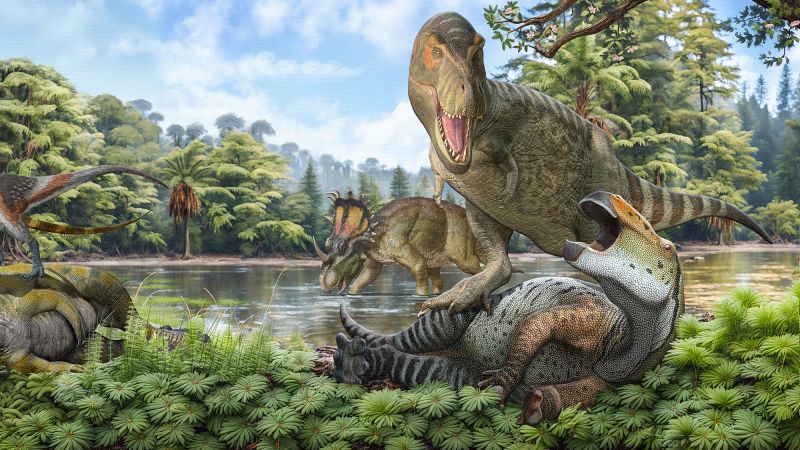Recent research suggests that the ancestors of Tyrannosaurus Rex first arrived in North America by crossing the Bering Strait from Asia. Led by Cassius Morrison, a doctoral student at UCL, the study employed mathematical modeling to analyze fossil records and climate data. The findings indicate that T. Rex’s precursors were more closely related to large Asian carnivorous dinosaurs than to North American predators like Daspletosaurus.
During the Cretaceous period, the climate in North America resembled that of today’s British Columbia, and T. Rex’s ancestors were fewer compared to the herbivores they preyed upon, making them less likely to appear in the fossil record. The team’s models suggest that undiscovered fossils may still exist in Asia.
Interestingly, T. Rex experienced significant growth during cooler periods, likely due to adaptations such as feathers and warm-bloodedness. The extinction of large competing dinosaurs, like Carcharodontosaurids, may have allowed T. Rex to dominate the food chain and increase in size.
Experts, including Steve Brusatte, noted the study’s insights into how climate change influenced dinosaur evolution. Ultimately, the research highlights the complex interplay between environmental factors and the growth of these iconic dinosaurs, and it was published in the Royal Society Open Science.


